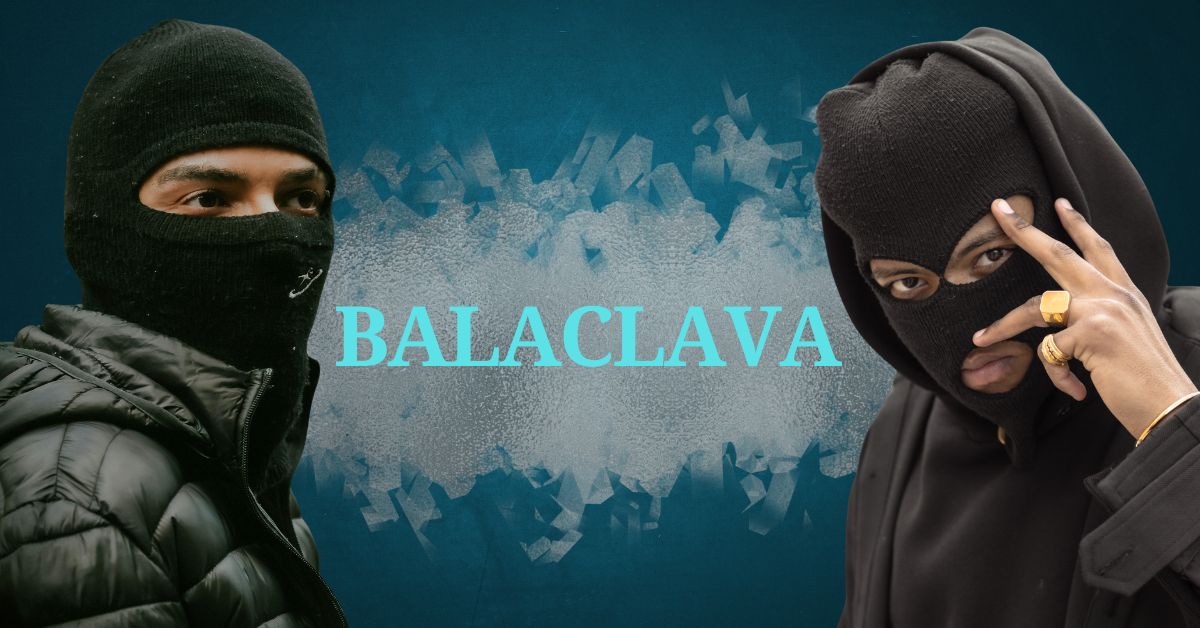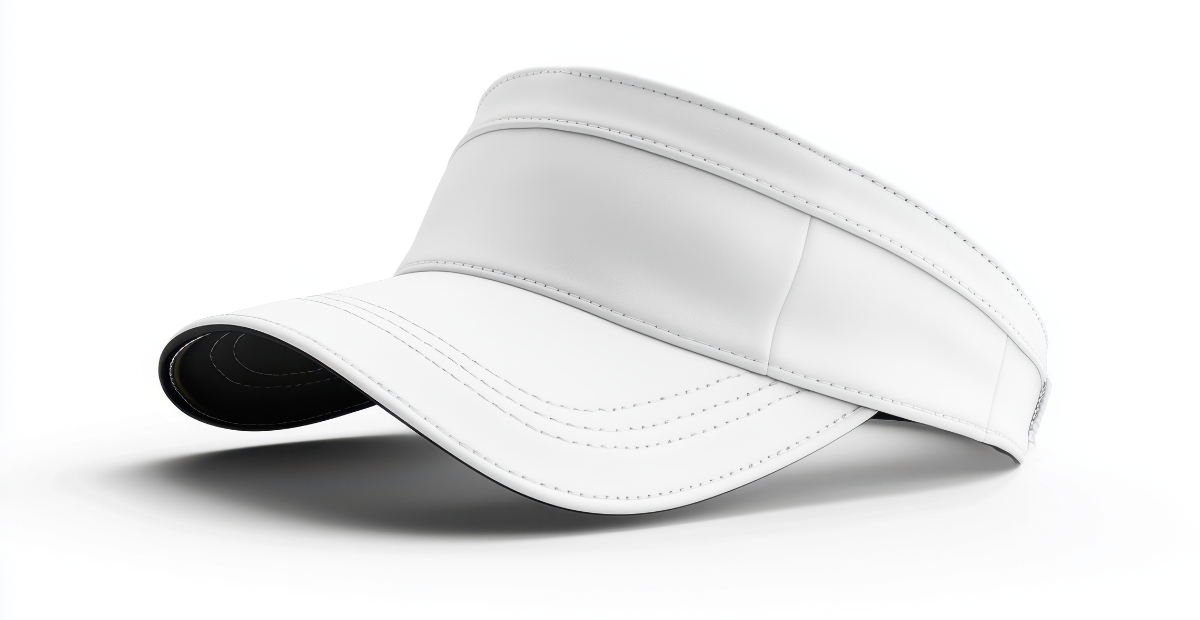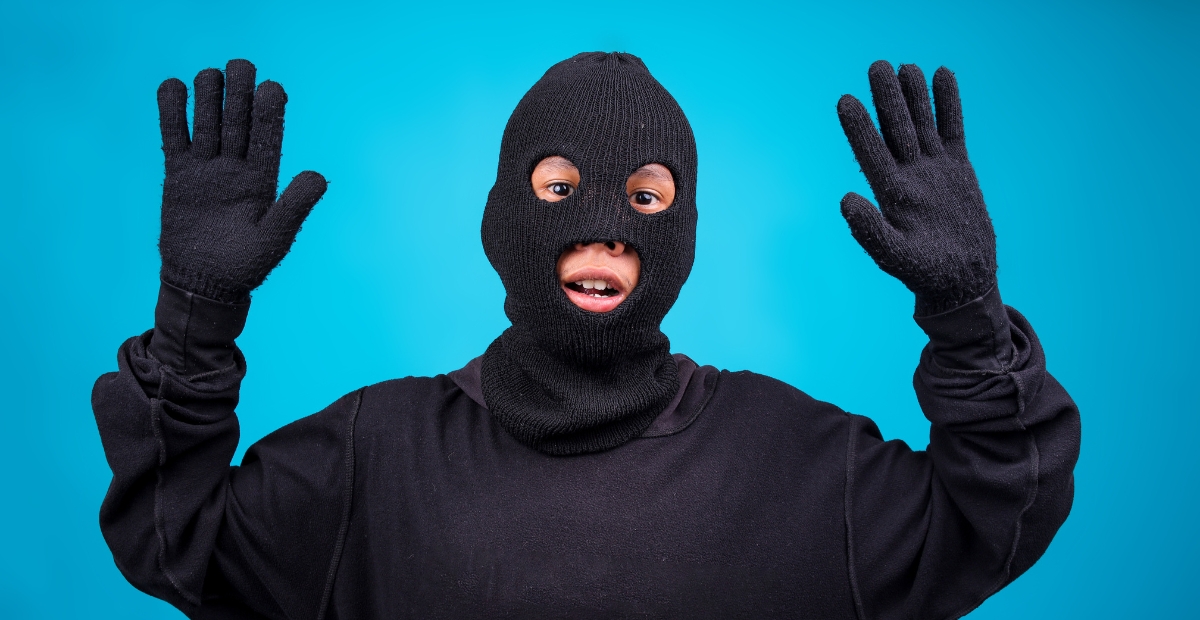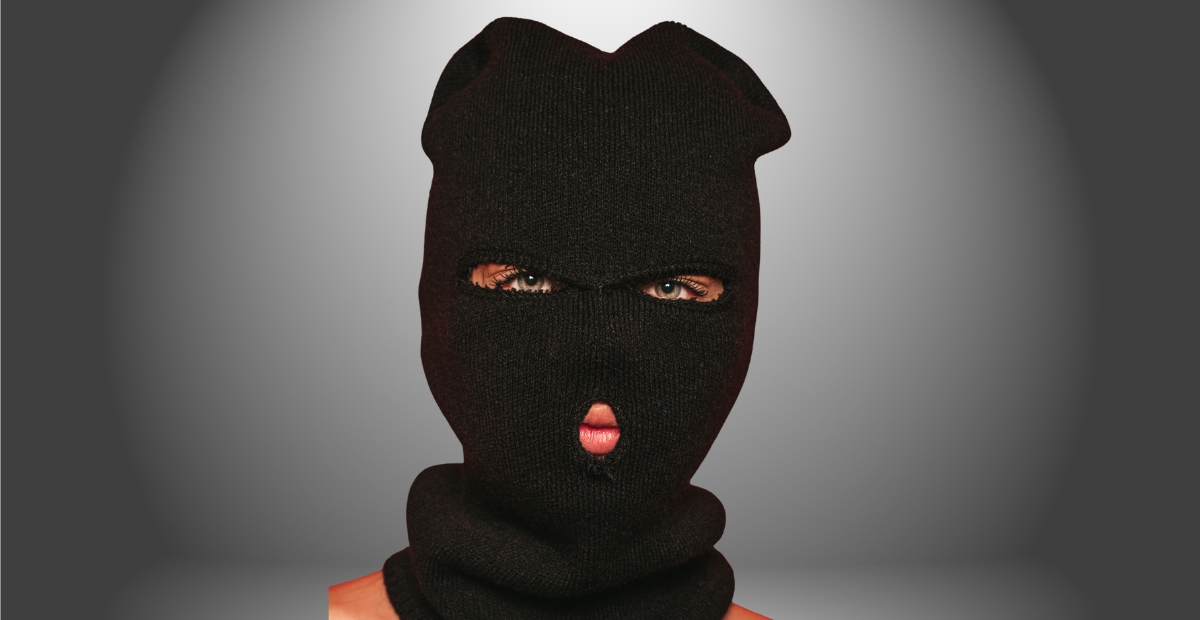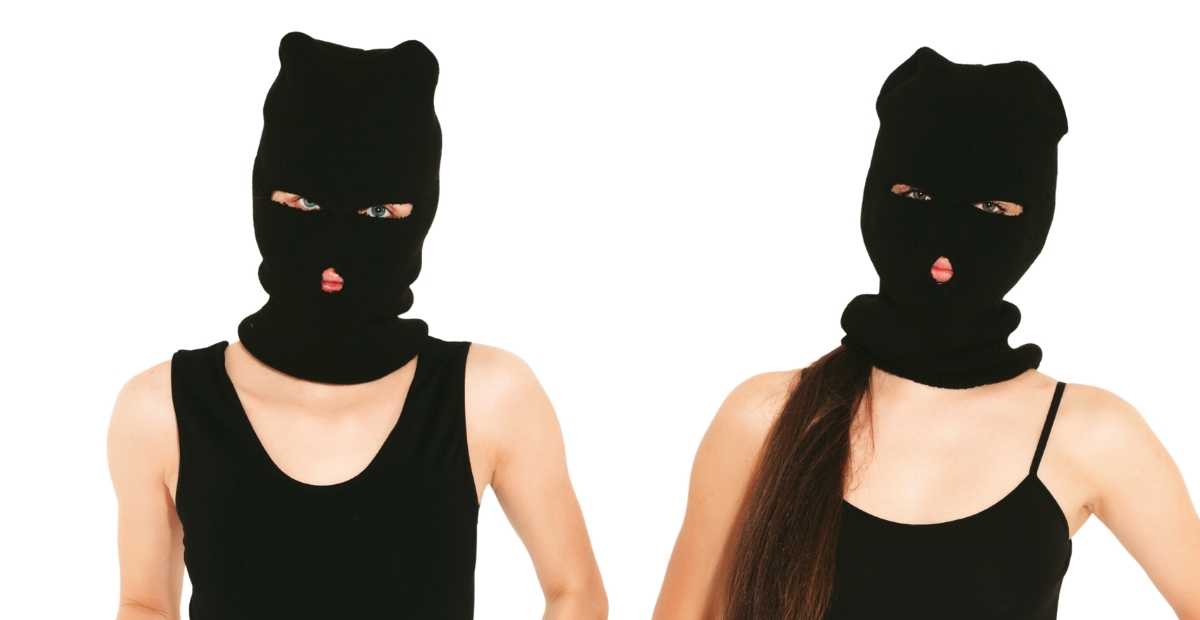The balaclava meaning concerns more than a single definition, given the rectangular knit cloth item used as a mask for warmth or concealment masking the mouth, neck, and head. Originally crafted to be used by the military, it now has many applications which include its use in winter sports and high fashion. Depending on whether it’s for warmth, mask, or concealment, the design of the balaclava makes it practical as well as fashionable because it encompasses the head, neck, and face. Its transformation symbolizes the transition it has gone through from necessity during a war to an urban city essential.
Table of contents
- The Fascinating History of the Balaclava
- How the Balaclava Evolved in Style
- Modern Types of Balaclavas
- Why Outdoor Enthusiasts Love Balaclavas Over Other Gear
- Militaristic and Tactical Gear Balaclava
- Balaclavas in Motorsports and Riding
- Fashion Trends Featuring Balaclavas
- Balaclavas for Privacy and Anonymity
- How to Choose the Suitable One
- Looking After Your Balaclava
- Concealing With Fabric Origins: You Can Make One?
- Balaclavas in Pop Culture and Media
- Common Misconceptions About Balaclavas
- Future Trends: What’s Next for Balaclavas?
- The Last Words on Balaclavas
- FAQs
The Fascinating History of the Balaclava
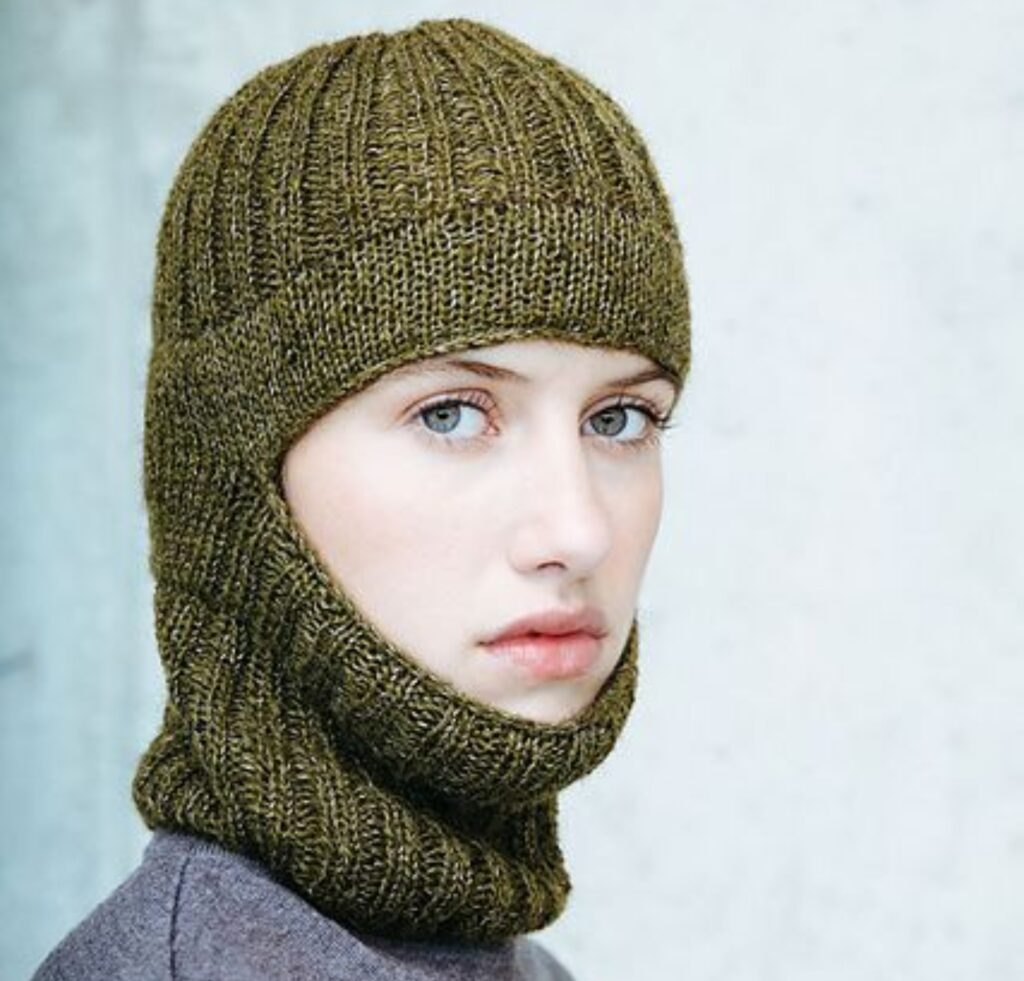
The balaclava Meaning history traces back to the Crimean War (1853–1856) where British soldiers had to endure punishing winters. Soldiers were issued knitted woolen head gear to help them brave the painful biting gales. The garment which is a military necessity was named after the Battle of Balaclava in Ukraine. It later got popular among explorers, mountaineers and other outdoor adventure enthusiasts proving refined in the face of extreme conditions. Balaclavas still carry a strong legacy as a survival tool and is likely to continue to do so.
How the Balaclava Evolved in Style
Change came in the form of balaclava style where it became a statement instead of something meant for purely practical use. An additional shift was brought about by “in your face” fashion, which received endorsement from high profile designers like Balenciaga and Off-White who made balaclavas part of their collections thereby marrying functionality with fashion.
Streetwear culture took it on as a representation of chic enigma and rebellion. Nowadays, fashion and functional users alike have access to balaclavas made from neoprene, acrylic, and traditional wool.
Modern Types of Balaclavas
Today’s trends in skiing and snowboarding call for full face balaclavas for warmth while half bulaclavas serve runners and cyclists. Tactical balaclavas come equipped with fire resistant materials for military and motorsport usage and some even offer moisture wicking technology for athletes. With so many designs, there is a balaclava fit for every activity and weather.
Why Outdoor Enthusiasts Love Balaclavas Over Other Gear
For adventurers, the balaclava personal review means unrivalled protection from harsh weather conditions, serving skiers, snowmobilers, and in particular hikers who need to rely on a shield to protect their face from windburn and frostbite that balaclavas provide. Many outdoor balaclavas are constructed using immensely breathable and quick-dry fabrics which translates to comfort during high intensity activities. The balaclava also works to seal in heat with snug fit to restrict inflow of cold air which works wonders for winter sports.
Militaristic and Tactical Gear Balaclava
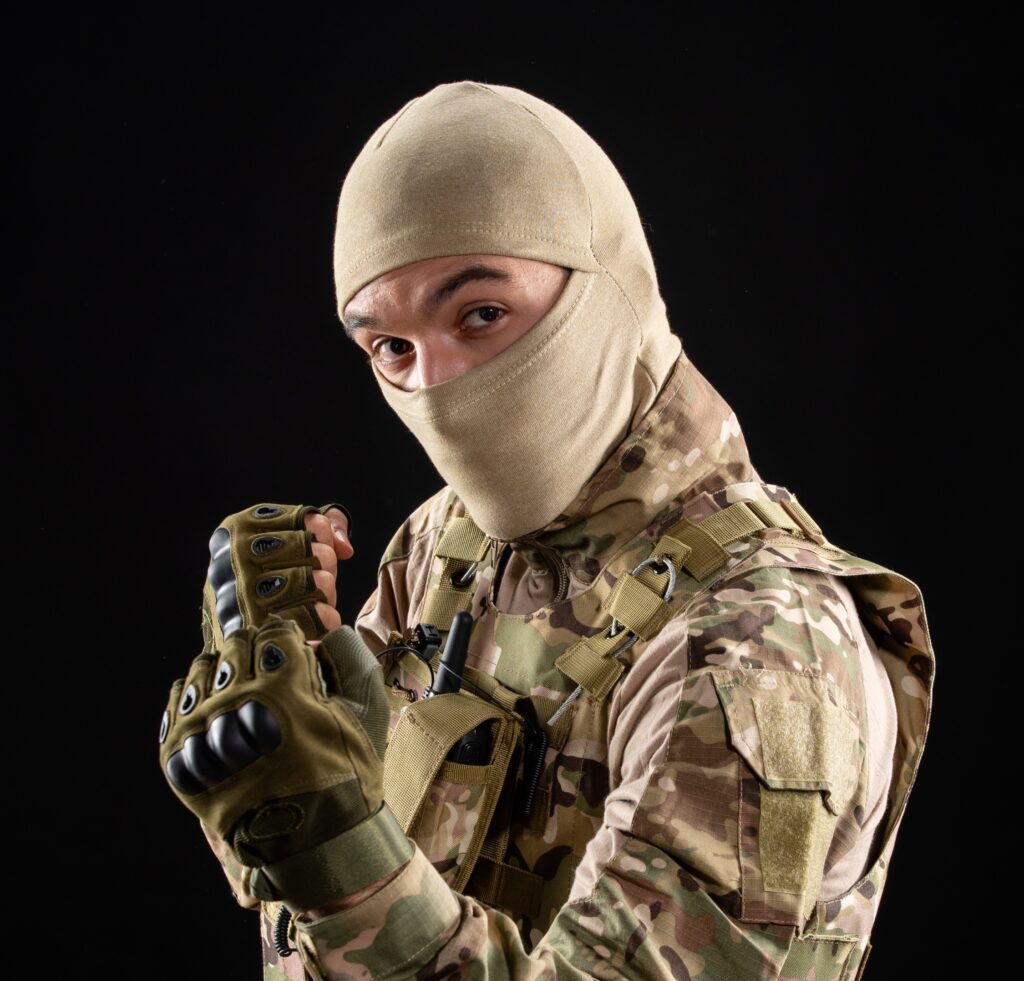
The balaclava makeup remains popular with the military due to its use in special forces and SWAT teams.
Tactical balaclavas act as concealment aids, defending the face against debris and sometimes incorporating infrared blocking fabric to be used at night. Soldiers in combat zones require flame resistant tactical balaclavas. Besides serving practical purposes, they add a psychological advantage which helps in intimidating the opposers in the battlefield.
Balaclavas in Motorsports and Riding
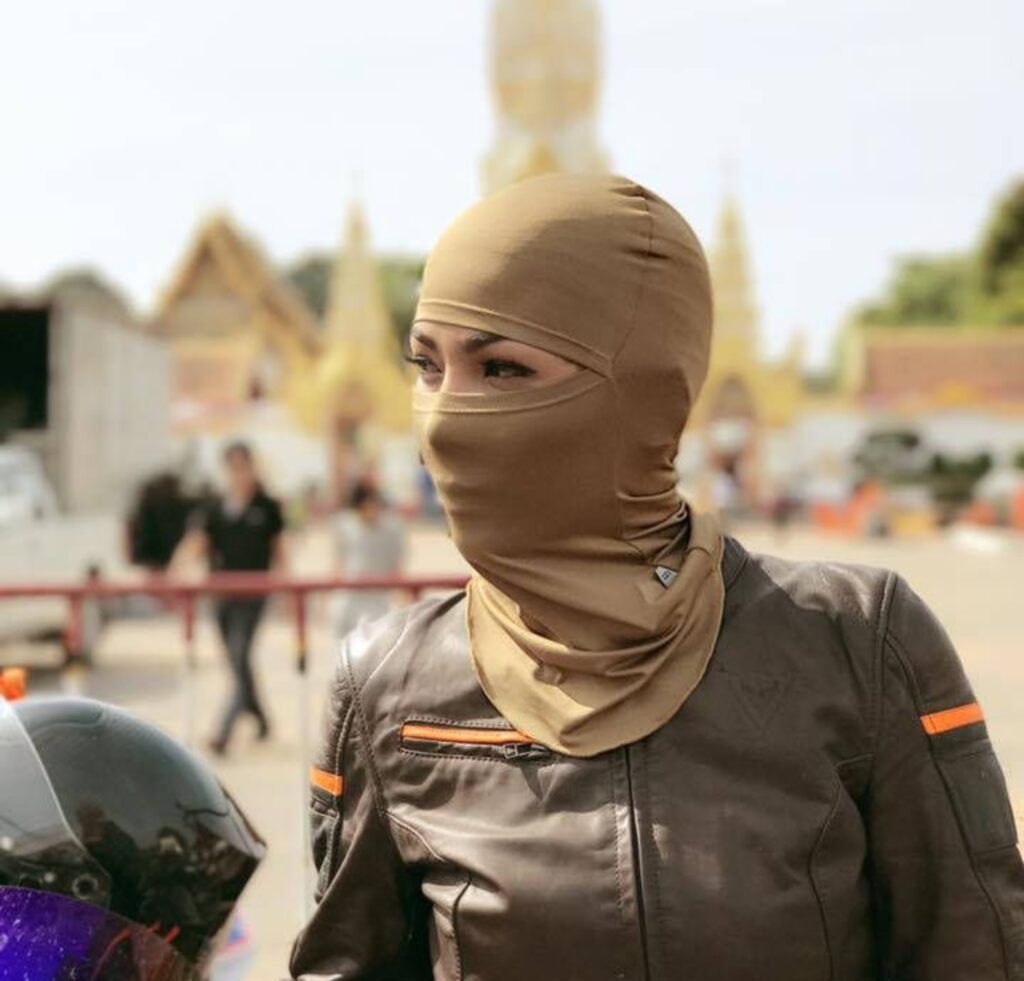
Motorcyclists and race car enthusiasts use the Safety and Comfort Balaclava modern uses. Balaclavas worn under helmets lessen friction, moisture accumulation, and offer flame protection. Many racing balaclavas are crafted from Nomex, which is fireproof and complies with safety regulations. Casual motorcycle riders wear balaclavas to protect their necks from chilly winds, demonstrating the versatility of the garment.
Fashion Trends Featuring Balaclavas
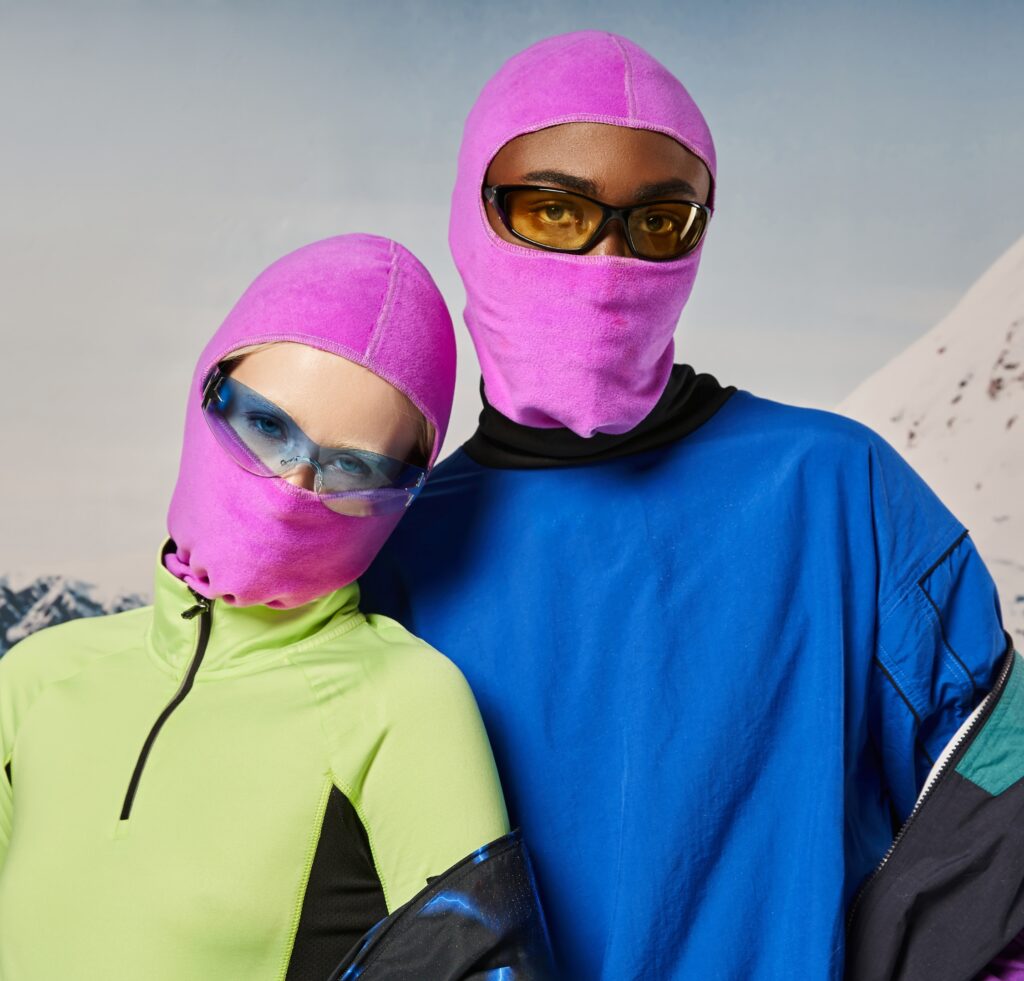
The fashion world has been taken over by the balaclava style, as we can see it not only in runway shows but also in street fashion. Edgy fashion had picked up pace after sightings of Travis Scott and Bella Hadid wearing designer balaclavas. Bold colors and logos along with uconventional materials have been put to use by luxury brands, making this previously functional garment now a high end piece. Its rise in pop culture solidifies its place in contemporary fashion.
Balaclavas for Privacy and Anonymity
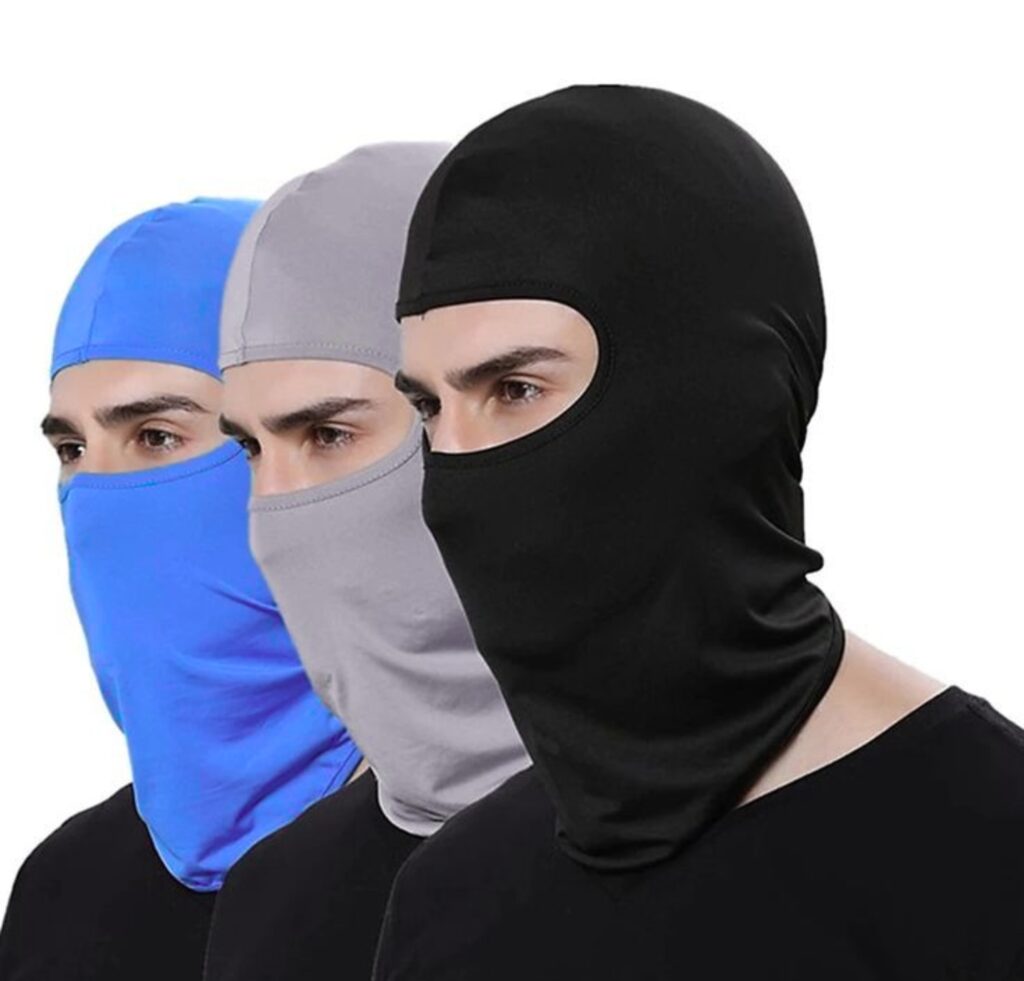
Identity protection is valued in the balaclava meaning for activists, journalists, and security workers.
In a similar fashion, banks and armored transport services also employ balaclavas to conceal identities during high-risk scenarios. Both clans—and professional operators—pose a distinct set of challenges considering rebels, making it versatile.
How to Choose the Suitable One
Choosing the right Balaclava modern uses is dependent upon the customer’s individual requirements. Use fleece or wool for extreme cold protection. Moisture-wicking and breathable fabrics suit athletes well. Motorcyclists require fire protective materials, while design lovers can explore playful shapes. Shapes also matter. Tight means restricted breathing. Loose means no warmth. A perfectly fitting balaclava will provide comfort and support.
Looking After Your Balaclava
Maintaining the shape and style of your Balaclava style will enhance the level of service you require. Woolen balaclavas need handwashing, whilst synthetic balaclavas are okay in a slow spin cycle. Do not use strong cleaners and bleach as they harm fibers. Undercare shape and fabric will maintain integrity if air-dried rather than using a tumble dryer. Proper care of balaclavas ensures high quality products withstand years.
Concealing With Fabric Origins: You Can Make One?
Making a balaclava is a fun project. Use fleece or thermal knit for comfort.
Even a novice can pick up sewing thanks to the patterns and guides available online. Personalizing your own balaclava lets you achieve the perfect fit, as well as a one-of-a-kind appearance. Whether for practicality or artistry, a self-made balaclava serves a functional purpose and looks good too.
Balaclavas in Pop Culture and Media
Balaclavas are often associated with mystery and the unknown. Whether it be villains in movies, hackers or vigilantes, they all have one thing in common: Identity is concealed with balaclavas. Musicians such as Slipknot and Uninformed Punk wear balaclavas and/or masks, transforming them into iconic figures. Even the great graffiti artist Banksy uses balaclavas to conceal his identity. As a mask of anonymity and rebellion, balaclavas are often found in culture.
Common Misconceptions About Balaclavas
There are many misconceptions when it comes to the Balaclava modern uses, especially its connection with crime. The practicality of them is often disregarded. Athletes, soldiers and people working outdoors rely on them on a daily basis. Balaclavas have evolved into high fashion items where brands have normalized them as accessories. They may be used for concealment, but maintaining performance and protection is their primary purpose. Appreciating the versatility they offer is what breaks the stereotypes.
Future Trends: What’s Next for Balaclavas?
Balaclava style will be influenced by innovation in the coming years. We may see fabrics incorporating smart heating or cooling technologies. Production may also be dominated by eco-friendly materials such as recycled polyester. Tactical balaclavas may be integrated with augmented reality, taking them to a new level.
The balaclava’s development is bound to be intriguing with the advancing trends in fashion and functionality.
The Last Words on Balaclavas
From a necessity during wars to a contemporary fashion icon, the Balaclava meaning has evolved greatly over the years and so has its use. Its versatility from use by athletes, soldiers, and motorcyclists makes it essential, and even for style aficionados. Whether required for protection, warmth or just to make a style statement, the balaclava is, and will always be, an essential garment. And with the changes in fashion, its need will always ensure a spot in the pages of history.
Read More Article// How to Knit a Balaclava: A Beginner-Friendly Guide to Stay Cozy
FAQs
The word balaclava refers to a form-fitted headgear made from knit or thermal fabric that covers the head, neck, and sometimes the face. Its name comes from the Battle of Balaclava during the Crimean War, where soldiers used such coverings for warmth. Today, the balaclava meaning extends beyond utility, representing warmth, style, and anonymity.
The balaclava was first designed for soldiers during the Crimean War to protect them from freezing winds. It served as a practical piece of military gear before evolving into outdoor sportswear and a high-fashion statement.
Modern balaclavas are used in skiing, snowboarding, cycling, and motorcycling for protection against cold and friction. Additionally, the balaclava meaning now extends into fashion, where it symbolizes edgy style and streetwear identity.
There are full-face balaclavas for winter sports, half balaclavas for runners and cyclists, and tactical designs made from flame-resistant fabrics for military or motorsport use. Fashion-forward balaclavas also come in bold colors, prints, and luxurious materials.

